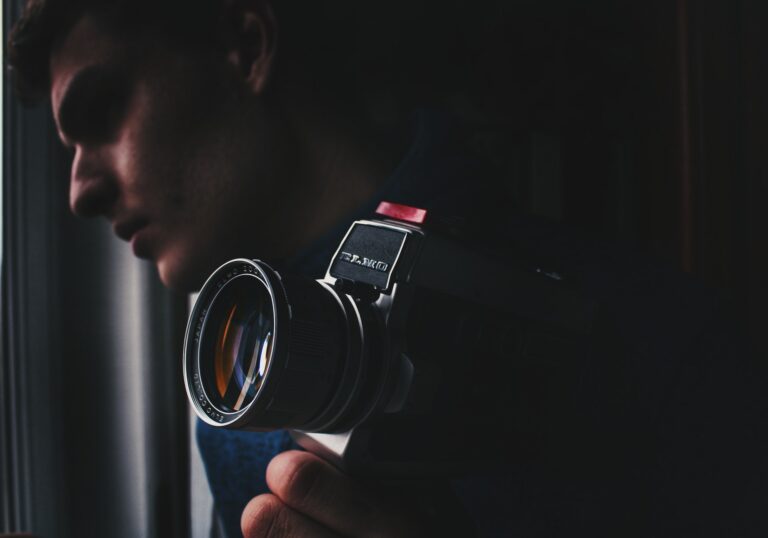Photography is an art that has become increasingly popular in recent times. It allows people to capture the beauty and essence of the world around them in a visual form. However, to take stunning visuals, one must understand the basics of photography, including exposure, composition, and lighting. In this article, we will delve into these three essential elements of photography to help you capture stunning visuals.
Introduction
Photography is a form of art that involves capturing images using a camera. The quality of the image captured depends on various factors, including exposure, composition, and lighting. These three elements are essential to take stunning visuals. Understanding exposure involves adjusting the camera settings to control the amount of light that enters the camera. Composition, on the other hand, is the arrangement of visual elements in an image, while lighting refers to the use of light to enhance the quality of an image.
Understanding Exposure
Exposure is the process of controlling the amount of light that enters the camera. Proper exposure is crucial to taking stunning visuals. Exposure is controlled by adjusting three camera settings: aperture, shutter speed, and ISO.
Aperture
The aperture refers to the opening in the lens through which light passes into the camera. It is measured in f-stops, and the lower the f-stop number, the wider the aperture opening. A wider aperture allows more light into the camera, which is ideal for low-light conditions or when a shallow depth of field is desired.
Shutter Speed
Shutter speed is the length of time the camera’s shutter is open. It is measured in seconds or fractions of a second. A faster shutter speed allows less light into the camera, while a slower shutter speed allows more light. Shutter speed also affects motion blur in an image.
ISO
ISO is the sensitivity of the camera’s image sensor to light. A higher ISO allows more light into the camera, while a lower ISO allows less light. However, a high ISO can also result in more image noise or graininess.
Composition Techniques
Composition is the arrangement of visual elements in an image. It is the art of selecting and arranging visual elements to create a visually appealing image. Here are some composition techniques to consider:
Rule of Thirds
The rule of thirds involves dividing the image into thirds horizontally and vertically, resulting in nine equal parts. The points where the lines intersect are where the subject should be placed to create a visually appealing image.
Leading Lines
Leading lines are lines in the image that lead the viewer’s eye to the subject. Examples of leading lines include roads, rivers, and bridges.
Symmetry and Patterns
Symmetry and patterns add visual interest to an image. Symmetrical images have a mirror image on either side, while patterns involve repeating shapes or objects.
Lighting
Lighting is crucial in photography. It can make or break an image. Here are some types of lighting to consider:
Natural Light
Natural light is the light from the sun or the sky. It is ideal for outdoor photography, and the quality of light changes throughout the day, providing different opportunities for photography.
Artificial Light Artificial light includes any type of light that is not natural, such as light from lamps, flash, or studio lights. It is ideal for indoor photography,

